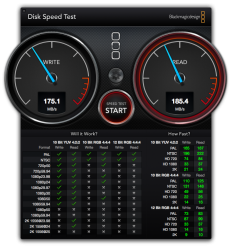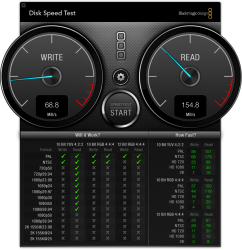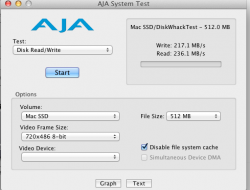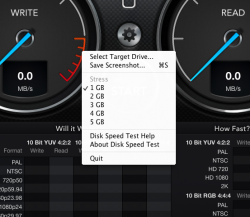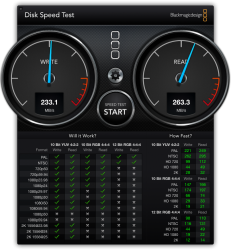I too have a MP 1,1, with a 7300, and a GT430 and while I have a different setup, this is a common reading for my SSD's in a SATAII port.
1st image is SSD
Second is 2TB 7200 Rotational
How exactly is your SSD setup? I don't think I've ever seen #s that high for a sata II SSD installed normally.


